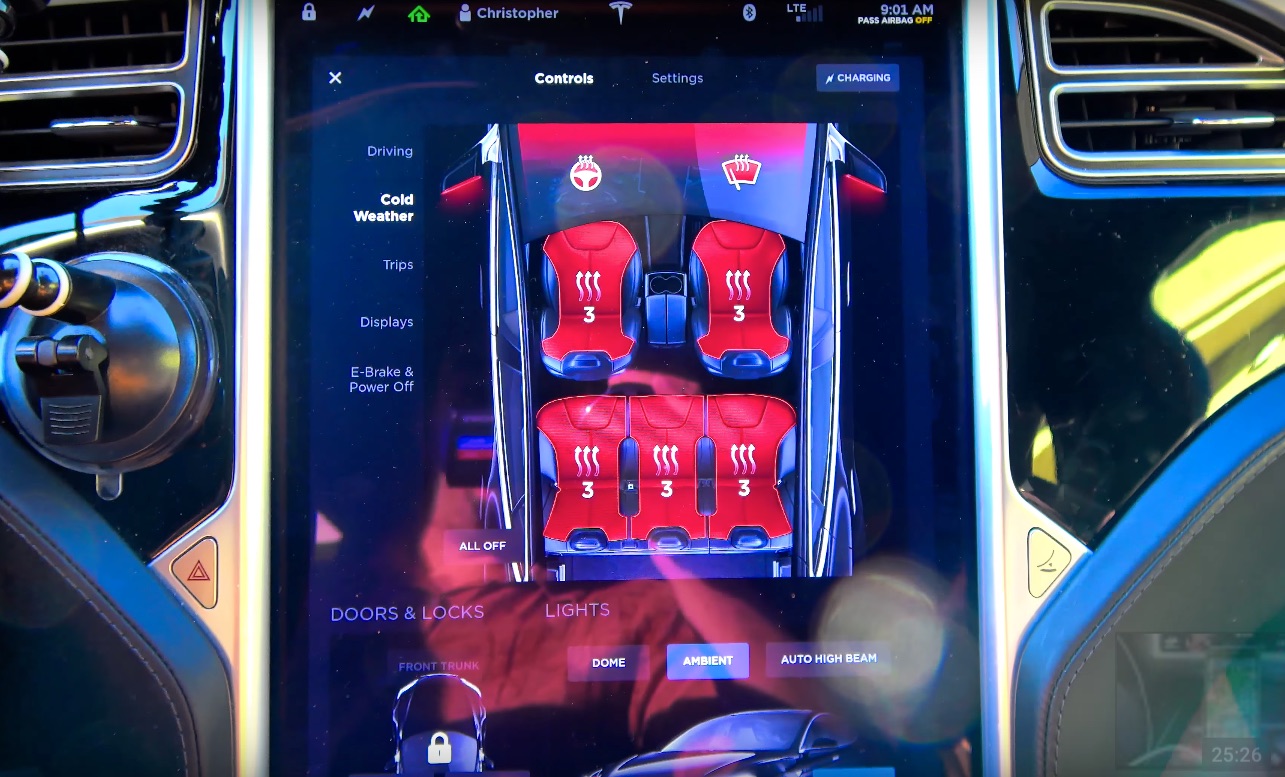I was reading about horrible Highway gridlock in Virginia during a big snow storm…drivers were stuck for hours and hours not moving, people were running out of gas and abandoning cars.
Let’s say you got into the gridlock with 250 miles of range…how long do you think the car would last without dying?
Assume you’re not moving, turn off the heat, and just use the seat heater for warmth.
Let’s say you got into the gridlock with 250 miles of range…how long do you think the car would last without dying?
Assume you’re not moving, turn off the heat, and just use the seat heater for warmth.



